Many people diagnose an osteochondrosis of the lumbar region.Symptoms of this disease: constant pain in the lower back and limited movements, loss of sensitivity, etc. In any case, it should be understood that this disease can lead to a mass of neurological complications without treatment.What is the disease?What are your first signs?What treatment methods does modern medicine offer?This information will be useful for every reader.
What is osteochondrosis?
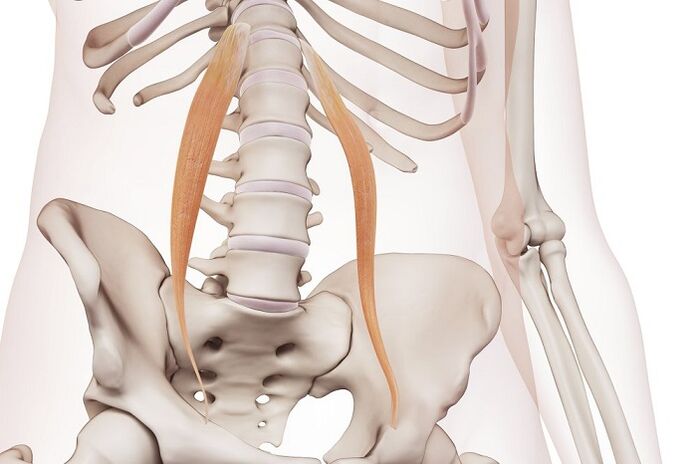
Osteochondrosis is a chronically progressive disease accompanied by degeneration of binding and bone tissue of the spine.The process of pathological changes in the tissue begins in the intervertebral disc.This structure consists of a fiber ring in which a gel -like pulp core is.
As a result of a violation of the normal metabolism, the core is gradually drying.Together with this, changes in the fibrous ring are also observed: tears and cracks are formed in the tissues, which is why the core can go beyond.A similar process influences the state of vertebrates because the vertebrae must withstand heavy loads.Therefore, not only intervertebral windows, but also vertebrae, ligaments and intervertebral disc joints are involved in the process.
As a rule, the disease begins in adulthood or in old age, although there are cases in which the disease was diagnosed in young people.Incidentally, the osteochondrosis lumbar is the most common form of this disease.
The causes of the development of the disease
This pathology develops with a violation of the normal metabolism and the presence of increased physical exertion.It is worth noting that the degenerative process is usually started at the same time under the influence of several factors.So far, the osteochondrosis lumbar has been a multifactorial disease.Here are only the most common causes of degeneration.
- First of all, an inherited disposition should be noted.The cause can be some of the innate anatomical features of the skeletal and metabolic disorders, such as the wrong metabolism of glycoproteins.
- The risk factors include flat feet, since this pathology is the normal stress on the spine redistribution.
- In some cases, osteochondrosis develops against the background of spine injuries.
- Static loads can also be attributed to risk factors.For example, for many years or in an unpleasant position.
- Physical stress can also start a degenerative process, especially when it comes to professional athletes.
- The process often develops in obese people because the spine and the entire skeleton are suitable for increased loads.
Heavy of the lumbar osteochondrosis
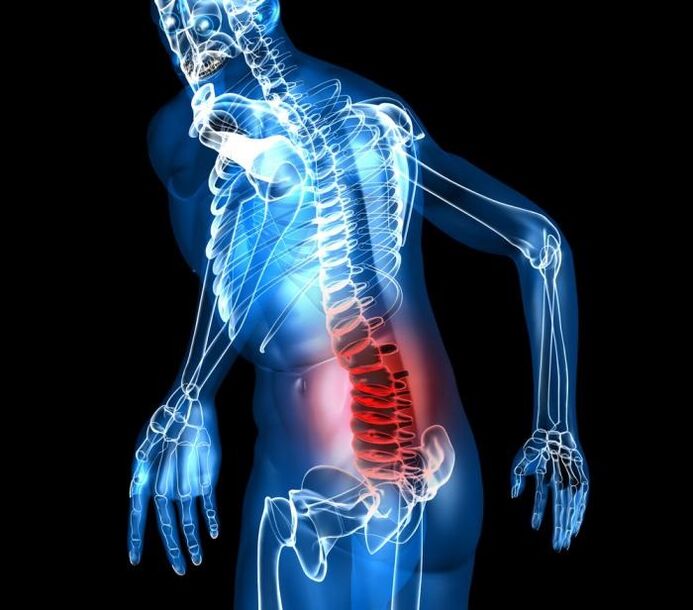
This disease gradually develops.So far, it is common to distinguish four main degrees of the osteochondrosis of the lumbar region (some doctors emit three).
- In the first stage there is a gradual change and movement of the Jackekern in the intervertebral disc.
- The osteochondrosis of the 2nd degree is characterized by the destruction of the fiber ring.
- In the third stage there is usually a break of the fibrous ring, whereby the gelatinous core moves beyond its limits, so that the hernia of the Grand Panel has formed.
- The fourth stage of the disease is accompanied by the degeneration of the vertebrae, ligaments and joints, with spondylarthrosis developing.
Osteochondrosis of the lumbar spine: symptoms and description of the first stage of the disease
At this stage of the disease, the nerve fibers, which are located in the Inter -Duster tapes and a fiber ring.Therefore, the first sign of this disease is symptoms, stiffness and pain in the lumbar region.It is worth noting that the pain can be hard and shooting (in medicine this symptom is called "lumbago") or on the contrary stupid, but constant (lumbar).
It is worth noting that due to the irritation of nerve ends, pain can also be extended to other tissues, organs or even organs.For example, in the event of a violation of normal trophism and blood circulation in the ligaments and tendons, the appearance of the so -called enteropathies can occur, in which the connective tissue at the bones changes and compact.
Since the osteochondrosis is diagnosed quite often in patients, pain can apply to the lower spine and even give the lower extremity.The compression of the nerve ending and small vessels leads to the development of violations in the tissues of the lower extremities.
The second degree of osteochondrosis and its signs
At this stage there are some other signs of an osteochondrosis of the lumbar region.The occurrence of a certain instability between vertebrates is observed, with the mobility of the vertebrae increasing.
Such a change in turn leads to the occurrence of a persistent and almost constant tension of the lower back muscles.Patients not only complain about pain and symptoms, but also about constant muscle fatigue.
Clinical picture with the third degree of the disease
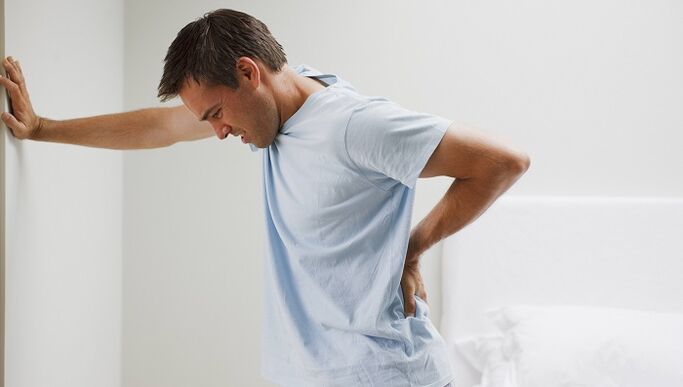
What signs in this case are accompanied by osteochondrosis of the lumbar spine?The symptoms during this time can be different.The fact is that damaged intervertebral discs begin to press the nerve roots accompanied by the so -called "radicular syndromes".
At the same time, the patients disturb the sensitivity of the zones, which are innovated by a printnail nerve.As a rule, there is a slight deafness and tingling, but in the absence of treatment, a complete loss of sensitivity can occur.This is often accompanied by a deterioration in motor activity, the gradual atrophy of the muscles and sometimes complete paralysis.
Based on the localization of such changes, we can assume which vertebrae are affected by the disease.For example, if the change or loss of sensitivity is observed in the heel and the pain for the calf muscle results, it is likely that the patient has lumbosacral osteochondrosis.
In some patients, the so -called "Horse Tail syndrome" is observed, which is connected to the compression of the root bundle, which takes place in the lumbar and sacred section of the spine.This condition is characterized by a violation of the motor function of the legs and by various diseases of the pelvic organs.
Osteochondrosis of the lumbar spine: Symptoms of the fourth stage
All joints and intervertebral disc bands are already involved in the process at this stage.In addition, there is a fibrosis of the intervertebral disc, in which all their elements are replaced by a dense scarred fabric.
Incidentally, patients can improve.But the mobility of spine, lower back and legs is very limited.
Modern diagnostic methods
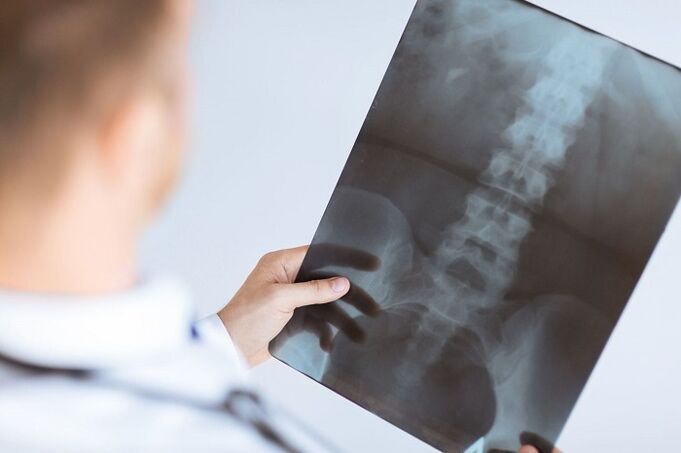
In the presence of constant pain and symptoms in the lower back, you should consult a doctor.Only a specialist can determine the osteochondrosis lumbar.The diagnosis in this case comprises several stages.
First, the doctor will carry out a general examination, check the reflexes, the presence of radicular syndromes and the degree of mobility, etc.It is necessary to collect a complete medical history, since in this case not only a diagnosis made, but also determine the cause of the development of a degenerative process.
Laboratory methods of diagnosis in this case are of great importance.Therefore, the patient is mainly aimed at radiography of the spine.With X -Ray images you can see the narrowing of the intermediate screech and determine the presence of bone growth and seals on the surface of the vertebra.
Magnetic resonance and computer tomography are also carried out for a more precise assessment of the patient's condition, these studies provide a clearer image of degenerative changes in the spine.
What complications is the disease associated with?
Under no circumstances should this disease perceive this frivolous disease.In the absence of timely therapy, the patient must not only be exposed to pain and restrictions on mobility, but also with more serious consequences.
In particular, the degeneration of the intervertebral discs leads to the formation of a hernia.In addition, the compression of nerve roots has an impact on the work of many organs, including urine, sexual and sometimes digestive systems.In some cases, the disease leads to a complete paralysis of the lower extremities and muscle atrophy.Changes in osteochondrosis are practically irreversible, so it is extremely important to start therapy in good time.
Medicinal treatment of osteochondrosis
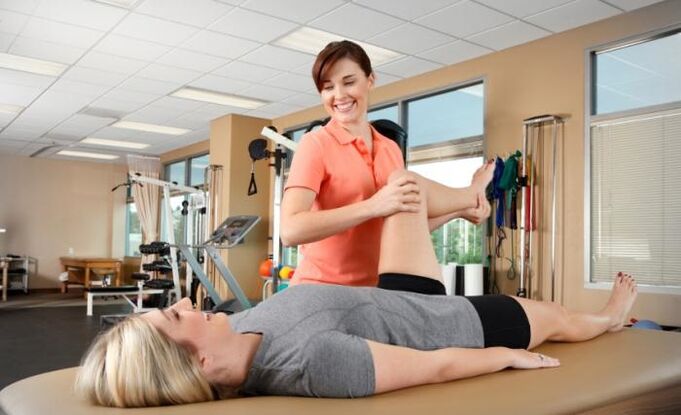
Only the doctor knows how to treat lumbar osteochondrosis.In the event of such a disease, the therapy is selected individually, since it depends on many factors, including the individual characteristics of the patient's body.In any case, it should be understood that the treatment of osteochondrosis is a long and complex process.
Of course, patients are prescribed for some medication.This disease is usually used below.
- In the early stages for treatment, chondroprotectors are used - medication that inhibit the process of patronage regeneration.
- In the second stage, the treatment of lumbosacral osteochondrosis can include the use of anti -inflammatory drugs that eliminate pain and inflammatory process.
- Muscle cramp is eliminated by muscle relaxants.
- Local anesthetics are used for severe pain.For example, pain is blocked with injections of painkillers.
- Older patients are recommended to take multivitamin complexes.
- The therapy also includes vasodilating medication that trophically improve blood circulation and tissue.
Other methods of conservative treatment
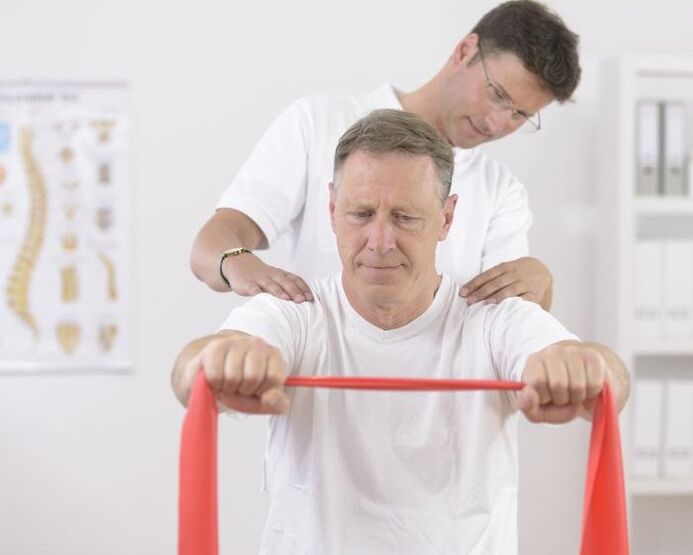
Of course, it is impossible to get rid of the disease alone with the help of drugs.The treatment of lumbosacral osteochondrosis includes other measures.In particular, a therapeutic massage has a positive effect.Regular sessions contribute to eliminating muscle cramp and improving blood circulation in tissues.
The gymnastics with lumbar osteochondrosis is extremely important.The practice quantity is selected by the applicable doctor or physiotherapist.Sports lessons help to regain mobility, improve blood circulation, to eliminate pain.Of course, courses should be regular.On the other hand, physical activity in the presence of acute pain is contraindicated.During this time, the patient needs strict bed rest and wears a special corset that relieves the load from the spine.
In addition, some physiotherapy methods are used.In particular, the ultraviolet radiation is considered very effective (eliminated cramp and pain), magnetotherapy, laser therapy, electrophoresis (help of inflammation and pain) and the Balne treatment.
When is a surgical intervention required?
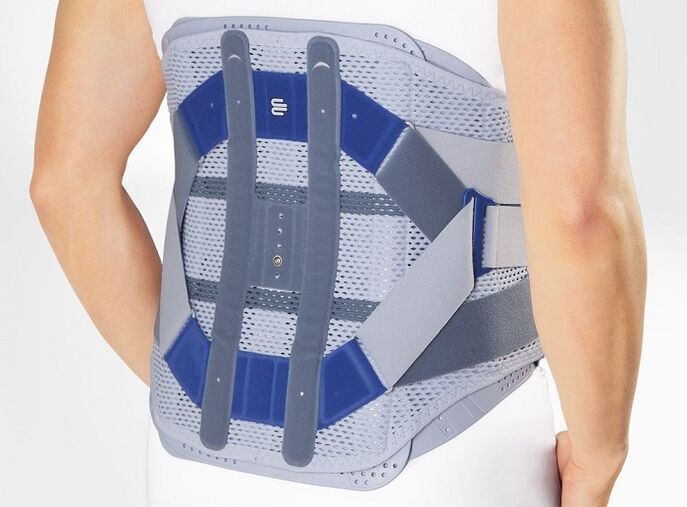
Unfortunately, no conservative treatment is possible in all cases, especially if the patient has a diagnosis of an intermediary.Indications for the surgical intervention are also the syndrome of the "bone tail" and a severe compression of the nerve roots.
So far there are many techniques for such operations.Most of the time, microsurgical and endoscopic procedures are also referred to in order to remove pressure on blood vessels and nerves.




















